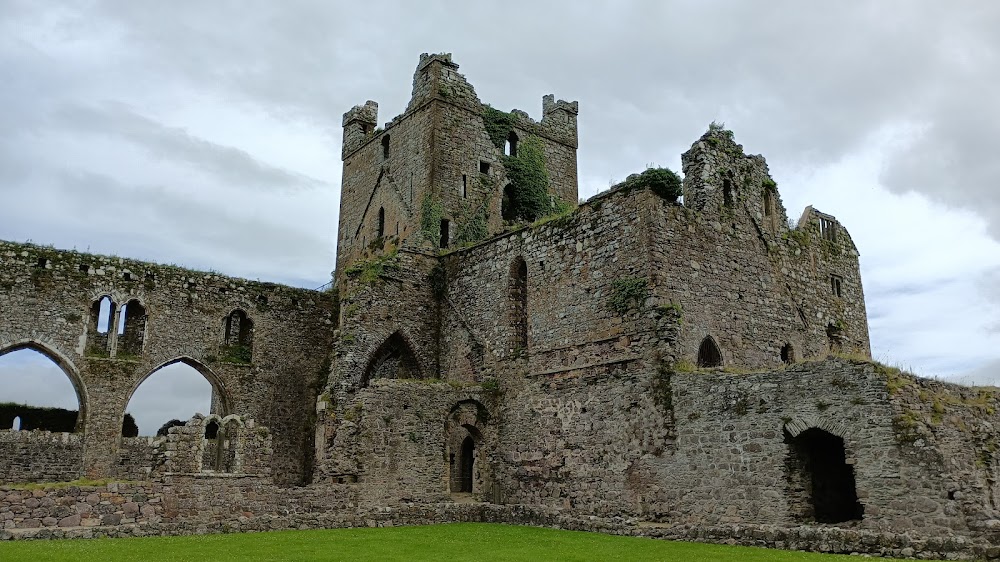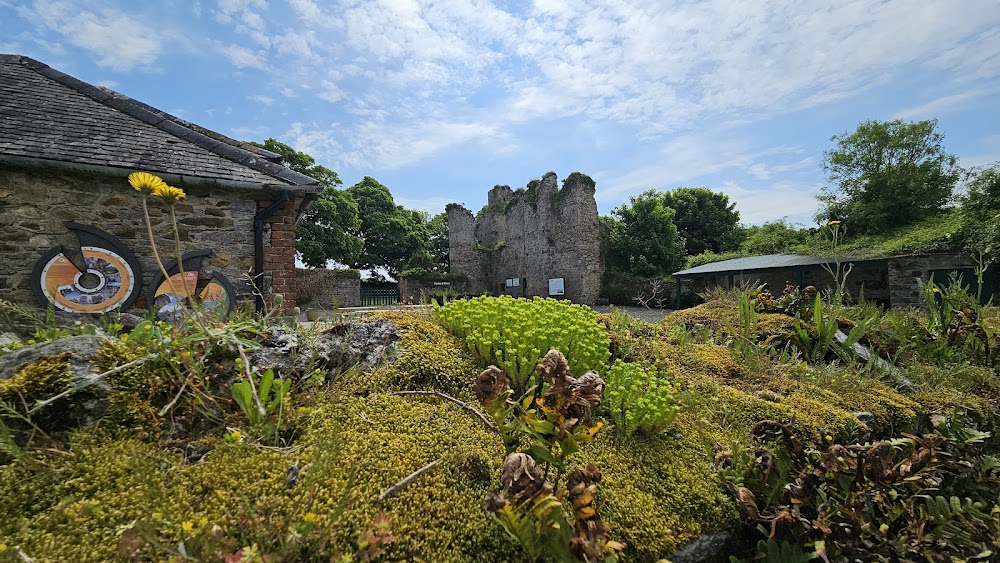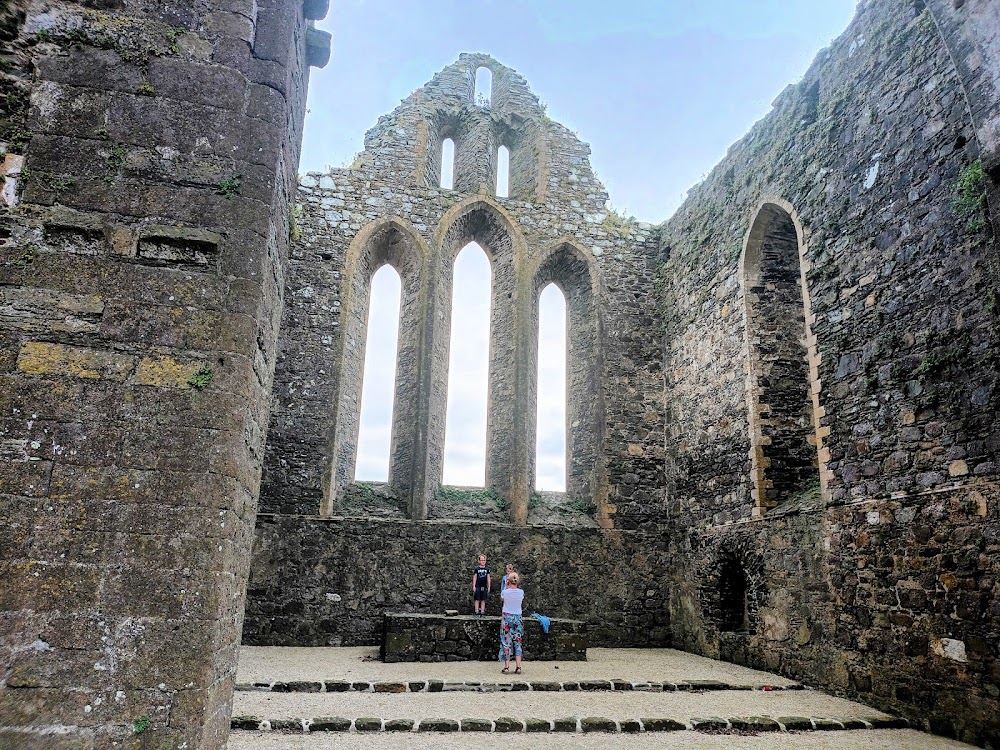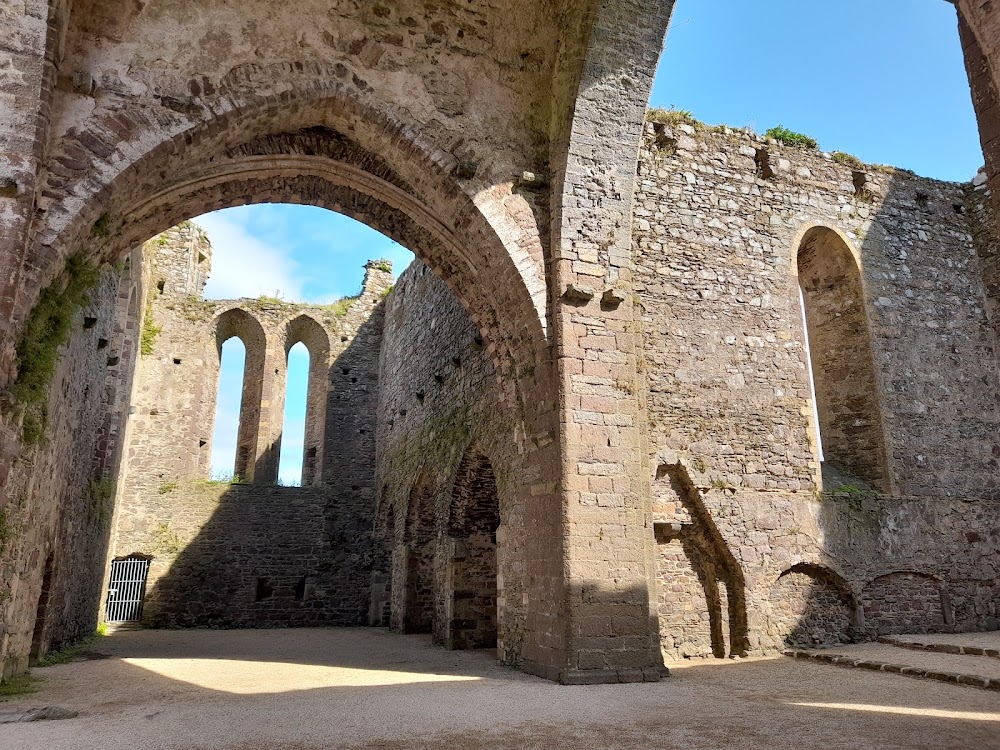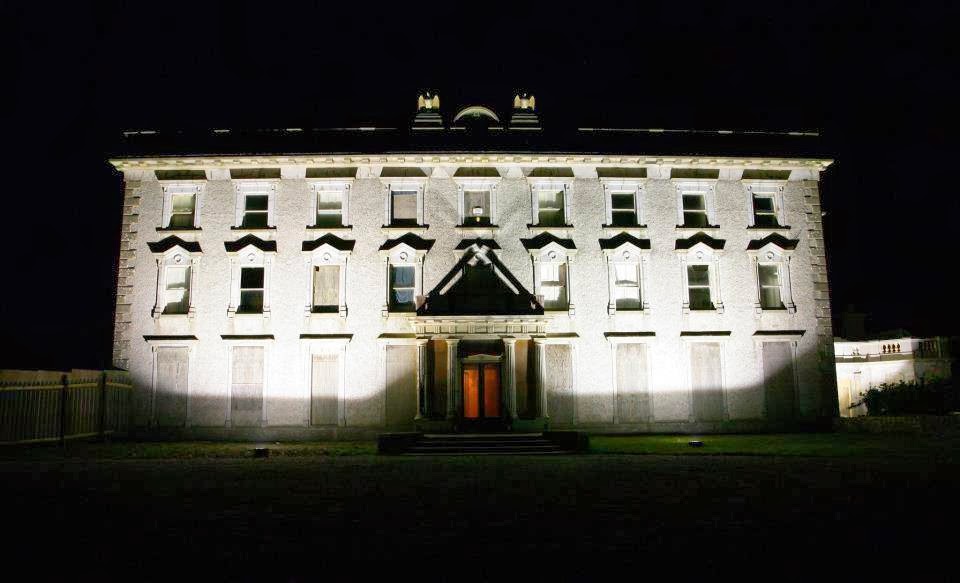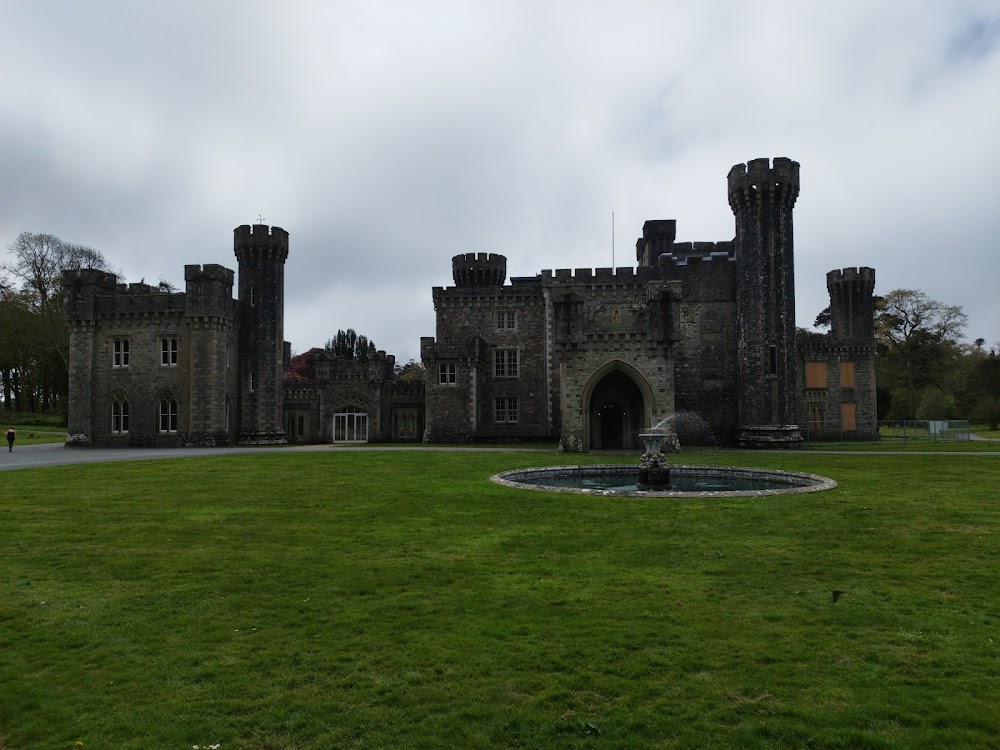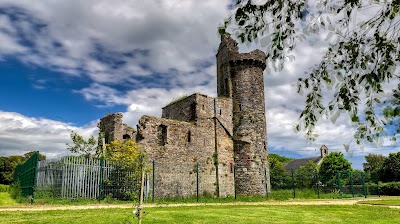Dunbrody Abbey (Mainistir Dhún Bróithe)
Related Places
Overview
Dunbrody Abbey, nestled in the picturesque County Wexford, Ireland, is a captivating historical site that offers a remarkable glimpse into the past. Rich in history and architectural grandeur, this ancient Abbey has withstood the test of time and now serves as a popular visitor center, drawing countless enthusiasts of medieval history and architecture.
Foundation and Historical Significance
The story of Dunbrody Abbey begins in 1170, when it was founded by Hervey de Montmorency, an advisor to Strongbow, the renowned leader of the Anglo-Norman invasion of Ireland. Originally established for the Cistercian monks—a strict Catholic order known for their commitment to a life of prayer and self-sufficiency—Hervey de Montmorency granted vast lands to the Cistercian community, paving the way for one of Ireland’s most impressive monastic settlements.
Architectural Marvel
Construction of Dunbrody Abbey was a monumental endeavor, utilizing local stone and expert craftsmanship emblematic of the era. The Abbey showcases the hallmark features of Cistercian architecture, emphasizing simplicity, austerity, and functionality. At its heart lies the grand church, adorned with an expansive nave and impressive transepts designed to inspire piety and reflection among its inhabitants.
Expansion During the Late Medieval Period
As the centuries progressed into the late medieval period, Dunbrody Abbey continued to expand. Enhancements included the addition of a sacristy, chapter house, and dormitories for the monks, alongside a refectory and extensive agricultural buildings. These structures served not only as places of worship and community living but also as centers for learning, manuscript preservation, and agricultural innovation.
The Decline and Suppression
Like many religious establishments of the era, Dunbrody Abbey faced a decline in the 16th century during the Tudor conquest of Ireland. The Dissolution of the Monasteries under King Henry VIII led to the formal suppression of Dunbrody Abbey in 1536. The monks were dispersed, and the Abbey lands were leased to secular landlords, resulting in decay and neglect that left parts of the once-grand structure in ruins.
Restoration Efforts
Fast forward to the 20th century, when a renewed interest in Ireland’s heritage sparked restorative efforts. Local historians and conservationists took on the task of preserving the remnants of Dunbrody Abbey. Restoration initiatives focused on stabilizing existing structures and providing interpretive materials to educate visitors about the Abbey’s rich history and significance.
A Cherished Heritage Site
Today, Dunbrody Abbey stands as a cherished heritage site and visitor center. The evocative ruins are complemented by engaging informational displays that narrate the Abbey's journey from its medieval origins through its decline and eventual preservation. Visitors can wander through the remnants of the church, taking in stunning views of the nave and transepts, which still echo the craftsmanship of the medieval period. The serene surroundings further enhance the feeling of stepping back in time.
Insights into Medieval Life
For those curious about the daily lives of medieval monks, the visitor center offers fascinating insights into the self-sustaining practices of the Cistercian order. The Abbey grounds feature a recreated medieval garden, showcasing plants that were historically cultivated for medicinal purposes and food supplies—providing a unique insight into the monastic lifestyle centuries ago.
Family-Friendly Activities
Dunbrody Abbey is not just a site for history buffs; it also offers family-friendly activities and educational programs designed to engage visitors of all ages. Seasonal events, reenactments, and guided tours enrich the experience, allowing guests to fully appreciate the significance of this remarkable site in Ireland's monastic history.
A Testament to Resilience
In its contemporary role, Dunbrody Abbey embodies more than just a relic of the past. It stands as a testament to the resilience of history, continuously rediscovered and cherished. Even after centuries of change, the stories embedded in its walls continue to inspire awe and respect among all who visit.


